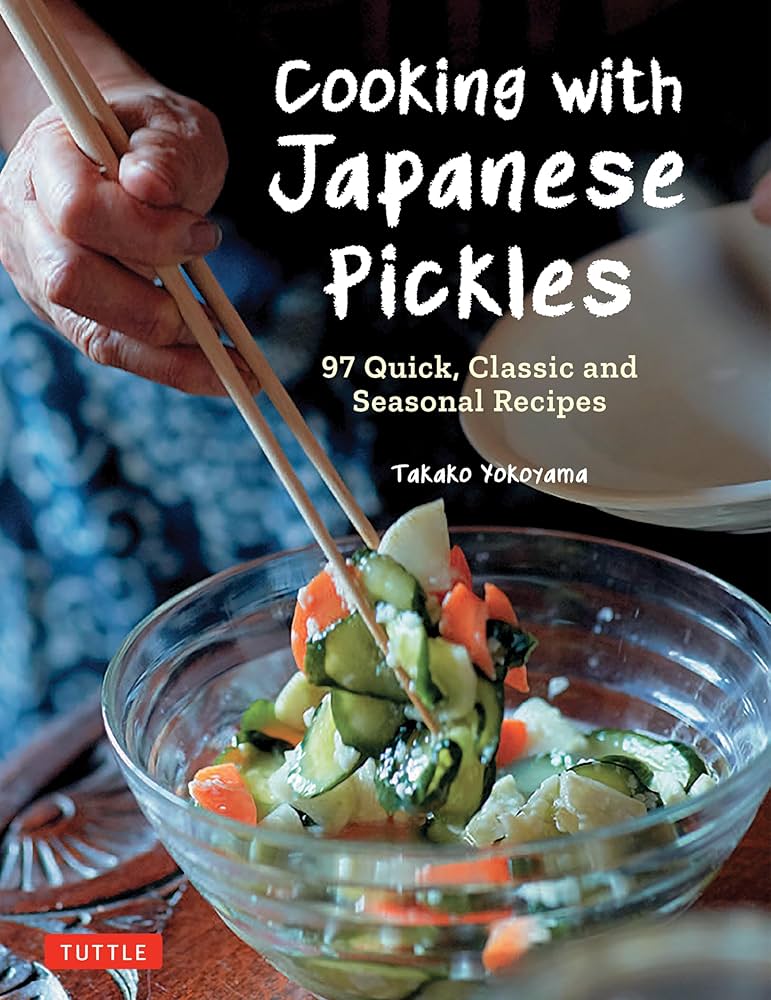Preserving Family Traditions: The Art of Pickling in Autumn
With the autumn chill settling in, there’s a certain charm that fills the air as gardeners make their final harvests. Among them is Anita Smith, who lovingly gathers the last of her cucumbers, cherishing the memories tied to this seasonal ritual. She recalls her childhood days spent washing jars for her mother’s canning projects, a task she once deemed unappealing. Now, she finds herself immersed in the same art with passion.
“I guess I began really when I started washing jars for my mom when I was a little girl,” says Anita, as she deftly navigates the prickly cucumber vines.
Each fall, Smith dedicates herself to preserving an impressive haul of produce from her sprawling garden. As the crisp air signals the onset of frost, she takes every measure to ensure nothing goes to waste. She notes proudly, “I do green beans and carrots and corn the old-fashioned way, with glass lids and rubber rings in a water bath on top of the stove. Not too many people do it anymore.”
Smith’s canning repertoire is rich and varied, featuring an array of jams, jellies, and the family favorite: her grandmother’s dill pickles. She recounts the delightful story of how her mother obtained the treasured recipe through her father’s translation efforts from French to English.
Fresh cucumbers ready for pickling
“Good on Dad for getting it right!” she laughs, recalling how her grandmother had a preference for larger dills. Yet, her mother introduced a fun twist by adding smaller pickles into the mix, leading to playful debates among the siblings over who would claim the prized baby pickles.
Her own daughters have begun to take part in this cherished tradition, learning the intricate process of canning.
“I’ve already taught my daughters how to can, so I know that this recipe will be passed on not only to my daughters but maybe their children,” she shares with a warm smile.
Smith emphasizes the importance of familial bonds through cooking and preserving. She cites a poignant reminder of how quickly skills and traditions can be lost.
“It only takes two generations to lose family traditions. Once you skip a generation, it’s very easy for the next generation to skip it too,” she explains thoughtfully.
The beauty of canning is twofold: it maintains cultural heritage while also offering the rewards of home-grown produce, bridging generations through shared experiences. Despite the labor-intensive nature of preserving, Smith feels a profound sense of reward as she wires the last jars in place. It is a labor of love.
A variety of canned pickles, a labor of love
As frost approaches, Smith remains focused not just on her physical harvest but on the legacy she is building for her daughters. The sweet, tangy taste of dills, the delightful crunch of green beans, and the vibrant colors of canned vegetables serve as a reminder of home and family.
In a world where many traditional practices are fading away, Anita Smith stands as a beacon of hope for preserving family recipes and customs. As cans fill her shelves, she assures us that the last baby pickle, the true symbol of her dedication, will never have to fight for a place on the table.
Smith’s commitment to canning is a testament to the past and a hopeful view of the future, ensuring that traditions continue to thrive in her family. In every jar sealed, there’s a story waiting to be shared, and she is determined that those stories will endure for generations to come.
Explore more about gardening and preserving traditions through the seasons at PicklePatch.


 Photo by
Photo by 











